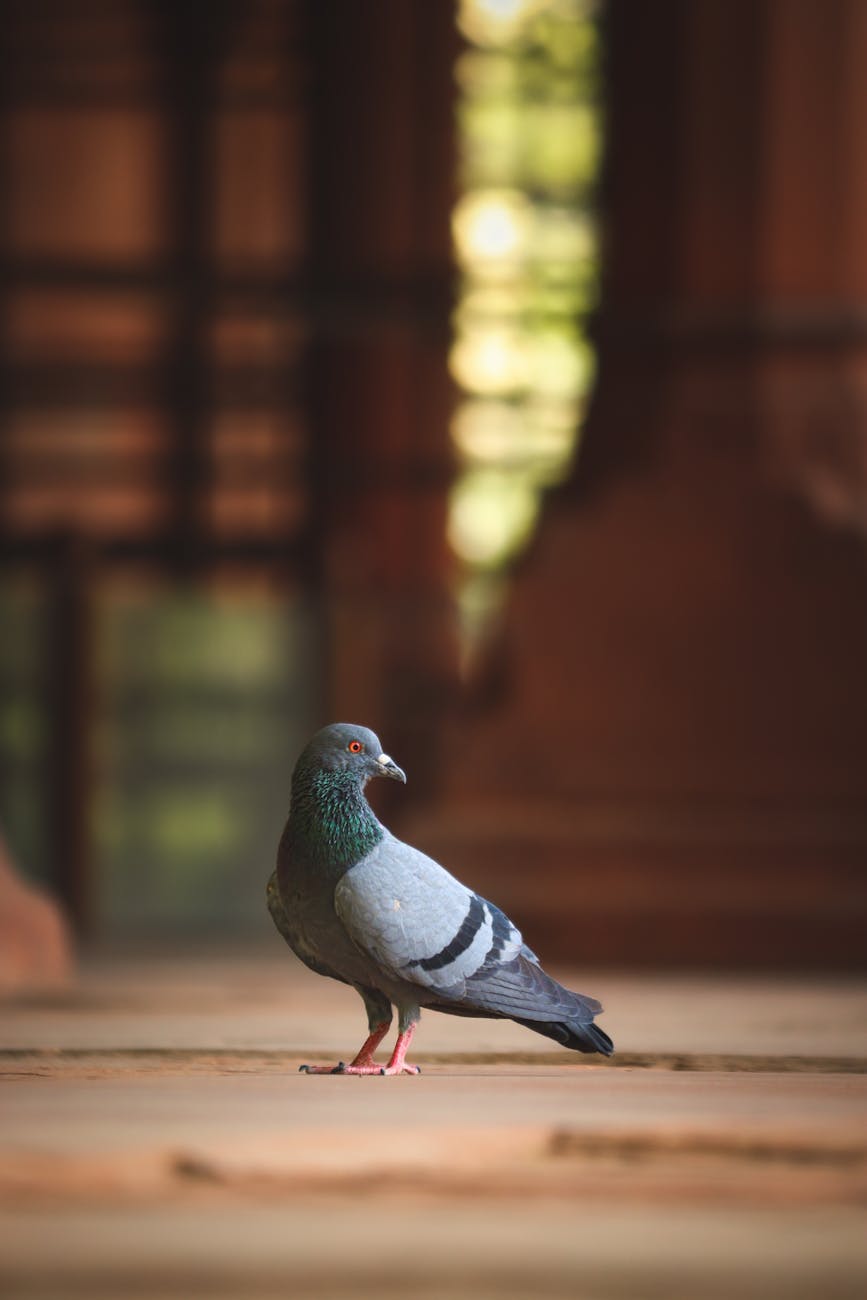Parrots and Songbirds: Masterful Mimicry Unveiled
Parrots and songbirds are two groups of fascinating avian species known for their exceptional talent of mimicry. The ability of these birds to replicate sounds they hear in their environment has captivated humans for centuries. From mimicking human speech to imitating the songs of other birds, parrots and songbirds showcase an extraordinary level of vocal dexterity and intelligence. Let’s delve into the world of these masterful mimics and explore the secrets behind their remarkable abilities.
The Science Behind Mimicry in Parrots
Parrots, with their vibrant plumage and charismatic personalities, have long been popular pets due to their remarkable ability to mimic human speech and sounds. The key to their impressive vocal mimicry lies in their unique vocal anatomy. Parrots possess a syrinx, a specialized vocal organ located at the base of their trachea, which allows them to produce a wide range of sounds with incredible clarity and precision.
Understanding Parrots’ Social Behavior and Mimicry
In the wild, parrots use mimicry as a tool for communication and social interaction. By imitating the calls of other species or replicating environmental sounds, parrots can establish relationships, warn of dangers, or attract mates. This social mimicry also plays a crucial role in the upbringing of young parrots, as they learn vocalizations by imitating the calls of their parents and flock members.
Songbirds: Nature’s Melodious Mimics
Songbirds, on the other hand, are renowned for their beautiful songs and intricate vocalizations. While parrots excel at mimicking a wide variety of sounds, songbirds primarily mimic the songs of other bird species to defend territory, attract mates, or communicate with other individuals. The complexity and diversity of songbird calls have long fascinated ornithologists and bird enthusiasts alike.
The Evolutionary Significance of Songbird Mimicry
The ability of songbirds to mimic a diverse array of sounds is not merely a form of entertainment; it serves crucial evolutionary purposes. Mimicry allows songbirds to deceive predators, attract mates, and establish territories effectively. By incorporating the songs of other bird species into their vocal repertoire, songbirds increase their chances of survival and reproductive success in the competitive world of avian communication.
Conservation Implications and Ethical Considerations
While the mimicry abilities of parrots and songbirds are undoubtedly impressive, these talents also raise important conservation and ethical considerations. In the wild, the capture and trade of parrots for the pet trade have led to population declines and habitat destruction. Conservation efforts are crucial to protect these vocal mimics and ensure their survival in their natural habitats.
Ethical Considerations in Keeping Mimicking Birds as Pets
As intelligent and social creatures, parrots and songbirds require specialized care and attention when kept as pets. It is essential for potential bird owners to understand the responsibilities involved in providing a stimulating environment, proper diet, and social interaction for their avian companions. Additionally, supporting reputable avian rescue and adoption organizations can help mitigate the negative impacts of the pet trade on wild bird populations.
Conclusion: Celebrating the Mimicry Magic of Parrots and Songbirds
In conclusion, the mimicry abilities of parrots and songbirds reveal the extraordinary complexity and diversity of avian vocalizations. From the playful mimicry of pet parrots to the melodious songs of wild songbirds, these avian mimics continue to enchant and inspire us with their vocal talents. By learning more about the science behind mimicry in parrots and songbirds, we can deepen our appreciation for these masterful mimics and work towards ensuring their conservation and welfare for generations to come.
